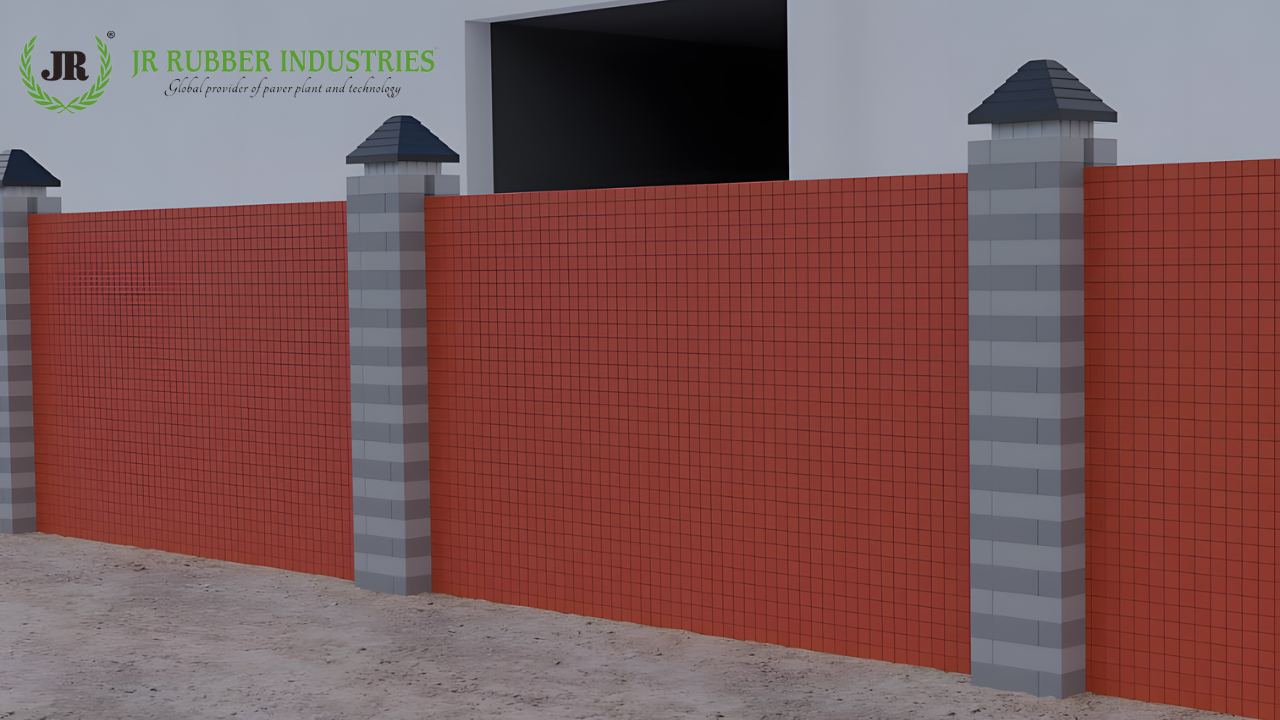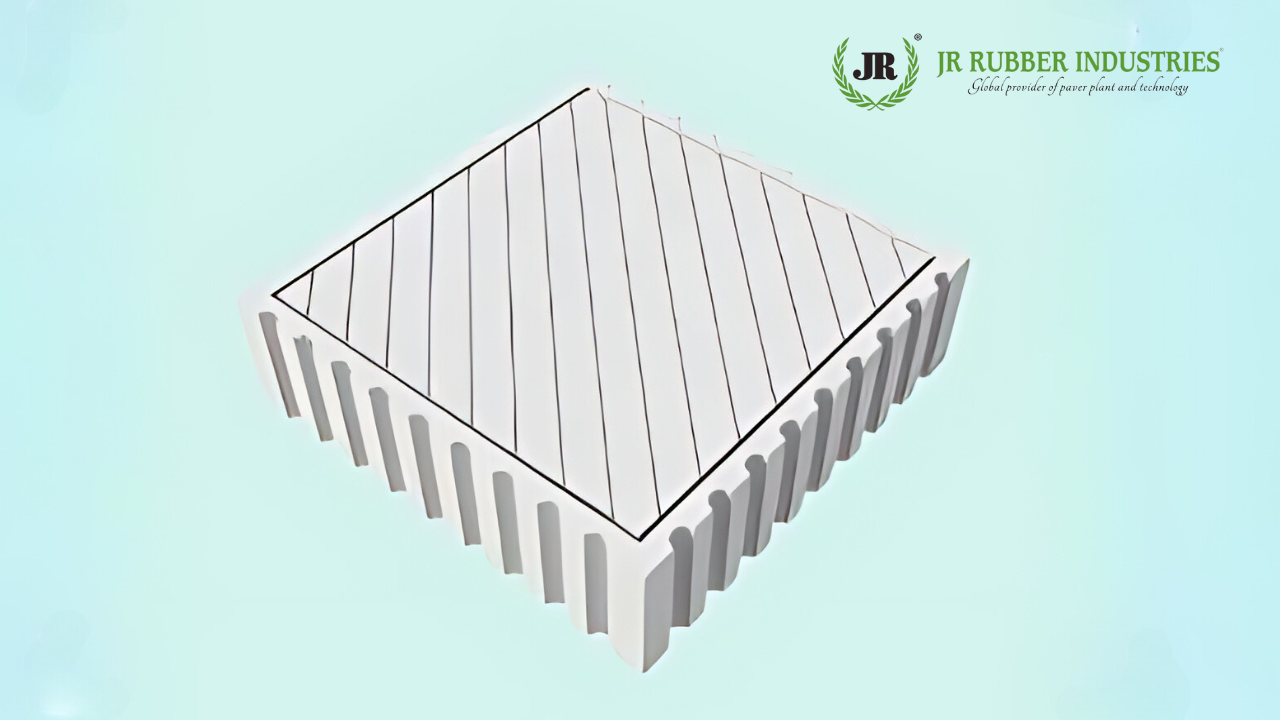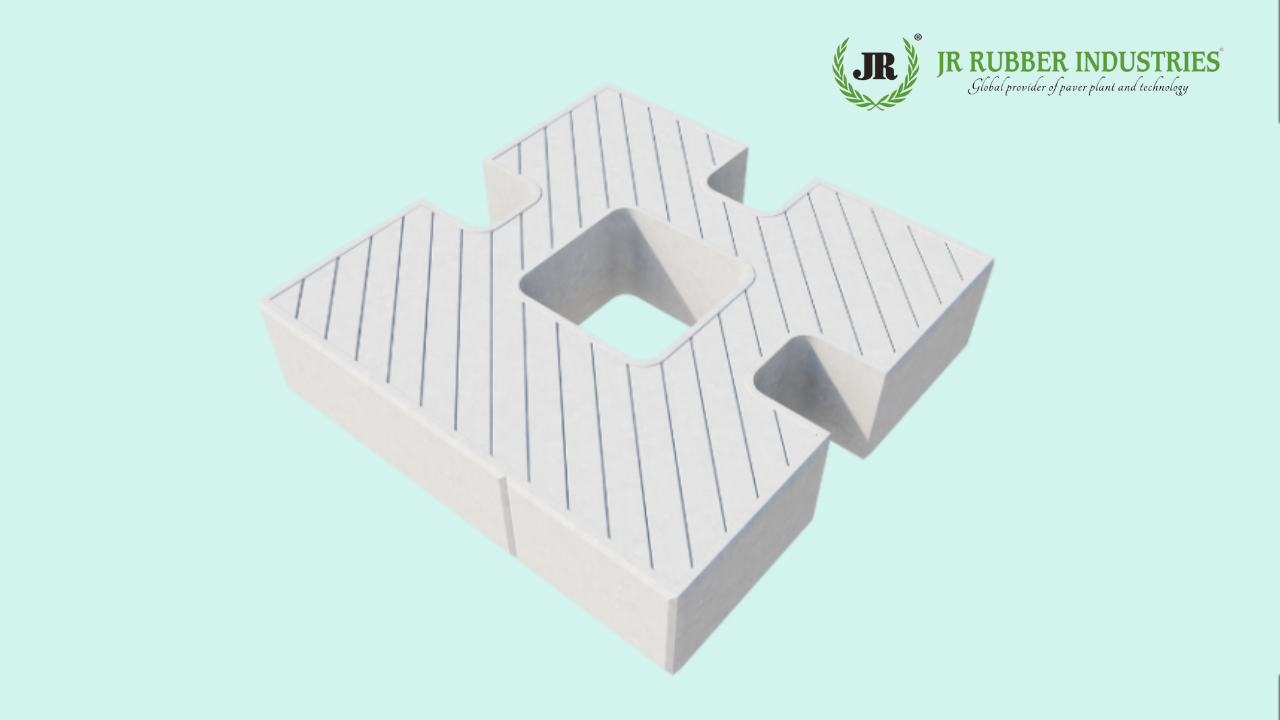5 Best Compound Wall Pillar Design Ideas Of 2024

There is something crucial for a house, building, or any sizable man-made structure. Something which helps the building stay up, making it stable. That structure is a pillar. It should be no surprise that a compound wall pillar is placed for structural support. Still, it also makes or breaks the appearance of your home, making the compound wall pillar design almost as important as structural integrity.
This block is a JR Rubber Industries staple, which provides only the best quality compound wall pillars and more.
What are Compound Wall Pillars?

Compound wall pillars are vertical support structures placed in between walls for support. These are usually made from concrete, wood, stone, bricks, and so on.
The materials used greatly influence the quality of such a pillar, so it should be kept in mind.
They can also be classified into general shapes like square pillars, rounded pillars, and custom pillars, which have elaborate engravings on them.
Why Do You Need Compound Wall Pillars?
Since you now know what a Compound Wall Pillar is, let’s get into why you even need it.
1. Structural Support
You could probably imagine a wall without pillars, but you definitely can’t make a wall without them. Having a long, unbroken wall stretching the perimeter can make a wall prone to damage quite quickly. Factors like weathering, cracking, and physical force could easily destroy the wall.
But with a compound wall pillar, all those issues can instantly be fixed. By placing the vertical support pillars, it distributes the weight evenly and even stands strong on uneven terrain without breaking. Well-placed pillars can also withstand earthquakes by shaking the seismic energy down to the foundation.
2. Stability
As mentioned earlier, pillars act as anchors against lateral forces. They help the wall resist wind pressure, especially during storms or strong gusts. Uneven soil pressure can cause the wall to bulge or tilt. Pillars act as counterpoints, pushing back against the soil and maintaining the wall’s straight alignment.
Pillars can also be embedded more profoundly into the foundation, providing a more secure anchor point for the entire wall structure. This is particularly important for areas with loose or shifting soil.
3. Aesthetic
Pillars are not just placed for their structural support and stability but also for their aesthetic. As you already know, pillars come in many shapes and sizes, and they can have different designs.
Most of these designs are exclusively placed at the front of a home, where the gate is. In fact, most people specifically design gate pillars based on their position. The two pillars that support the gate are decorated the most since they are the first thing people see. Choosing well-decorated pillars is always wise, as it makes a great first impression.
Having aesthetic pillars ties in nicely with your home by being used as a support for lamps, lights, mail, etc.
4. Security
Having pillars for your home’s compound walls can make it harder for intruders to scale the structure. It also adds physical security by strengthening your walls to keep you nice and safe in your home.
The great part about having pillars for your compound walls is that you can use them to add extra security measures like cameras, motion detectors, and so on. It’s not just the physical wall and pillars that help you, but also the psychological barrier making your home look impenetrable, which can immediately ward off many dangerous actors from pestering you.
Having strong-looking pillars can help you achieve that feeling.
The Five Best Compound Wall Pillar Designs
Having said that, the look and feel of a pillar, quite like compound wall designs, are obviously important, so today, we’d like to take a look at the best modern designs for pillars to maximise the beauty of your home.

1. N2 WAVE
The N2 WAVE pillar is one of our most beloved pillars due to its simple yet elegant design. It is square-shaped and has vertical grooves on the side. It is Seven by 7 inches on the sides and 40 mm in height.
It weighs one and a half kilograms and is made of rubber. This design is for those who desire a more minimalist look rather than detail, reflecting their personality and nature. Since this design and the ones below are manufactured by JR Rubber Industries, these moulds will most definitely be of the best quality money can buy.

2. P0 PILLAR STONE
The P0 Pillar Stone is a decorative and intriguing-looking pillar stone for our pillar blocks. It has a square-shaped hole in between, a length of ten by 10 inches as it is square, and a height of 60 mm.
The pillar stone has two grooves on the side for aesthetic purposes. This is a smooth, symmetrical, and clean-looking pillar stone to decorate your pillars with for a sharp look. You can use this pillar stone with the pillars we have available in our store. The size of these grooves is 45 mm, and the mould as a whole weighs 3 kilograms.

3. P2 PILLAR STONE
The P2 Pillar Stone is a similar pillar stone to the previous one with some modifications. The sizes are nearly the same, with it being ten by 10 inches, its height also coming up to around 60 mm and even
having the same groove size as 45 mm. It weighs 2.85 kilograms. The difference, though, is that the grooves are located adjacent to each other like so, Which makes the design look more attractive. It is, of course, obviously all up to taste or preference.

4. P3 PILLAR STONE
The P3 Pillar Stone, akin to its naming, is the third one of the series with three grooves on the 3 out of 4 sides. Its mould weighs 2.9 kilograms, which gives it sufficient weight to hold itself, and it’s a similar size as the other stones of the P3 series,
giving it enough volume to make a heavy, strong, and durable concrete pillar stone to beautify your compound walls.

5. P11 PILLAR STONE
The P11 Pillar Stone is quite different from the other pillar stones since the design varies massively. The stone weighs 2.85 kg and has dimensions similar to those of the other pillar stones, but instead of the classic design, it ventures into a more elaborate design with a
square-shaped exterior and a diamond-shaped interior. This design contains 2 45 mm grooves opposite each other, providing that classy look.
Conclusion
There are many other ideas that you can utilise to make your pillars look better, like going with differently shaped pillars to accentuate different-sized pillar stones and even painting your pillars with the right colours to make them pop out more.
The pillars of a house show a lot about how much work, effort, and thought went into it, so never believe otherwise. JR Rubber Industries makes the finest pillar and pillar stone moulds by using quality materials to maximise customer satisfaction. So, if you’re ever looking for a compound wall rubber mould, PVC moulds, or plastic, JR has got you covered.
FAQ
1. Which material is best for a compound wall pillar?
One of the best and most inexpensive materials to use is concrete, which is easily accessible.
2. What should be the maximum height of a compound wall pillar?
The height of a compound wall is usually 4 to 5 feet. The taller the pillar, the better the support. So it’s usually around 5 to 6 feet.
3. What is the distance between compound wall pillars?
The distance between compound wall pillars should ideally be 8 to 12 feet for best weight distribution. It also depends on the building code.